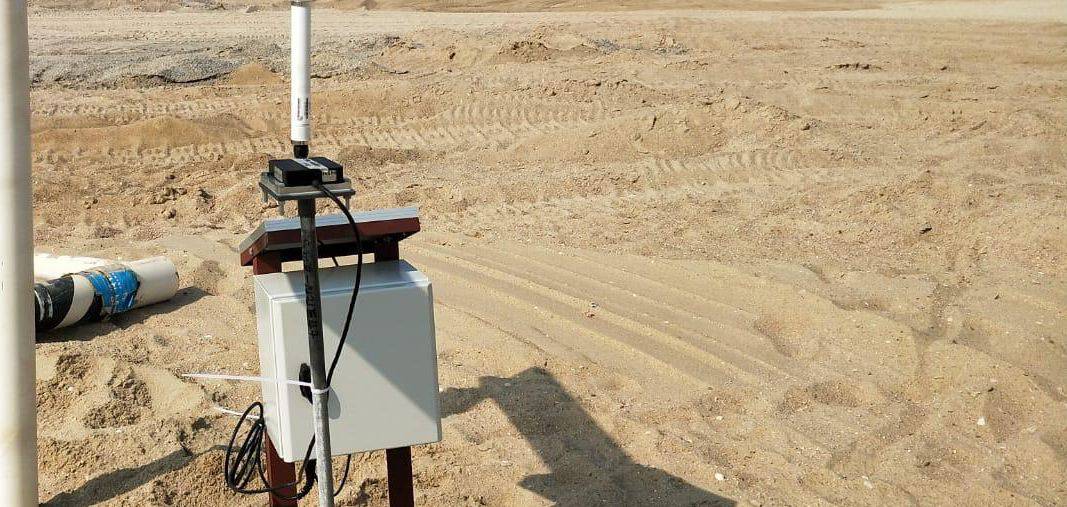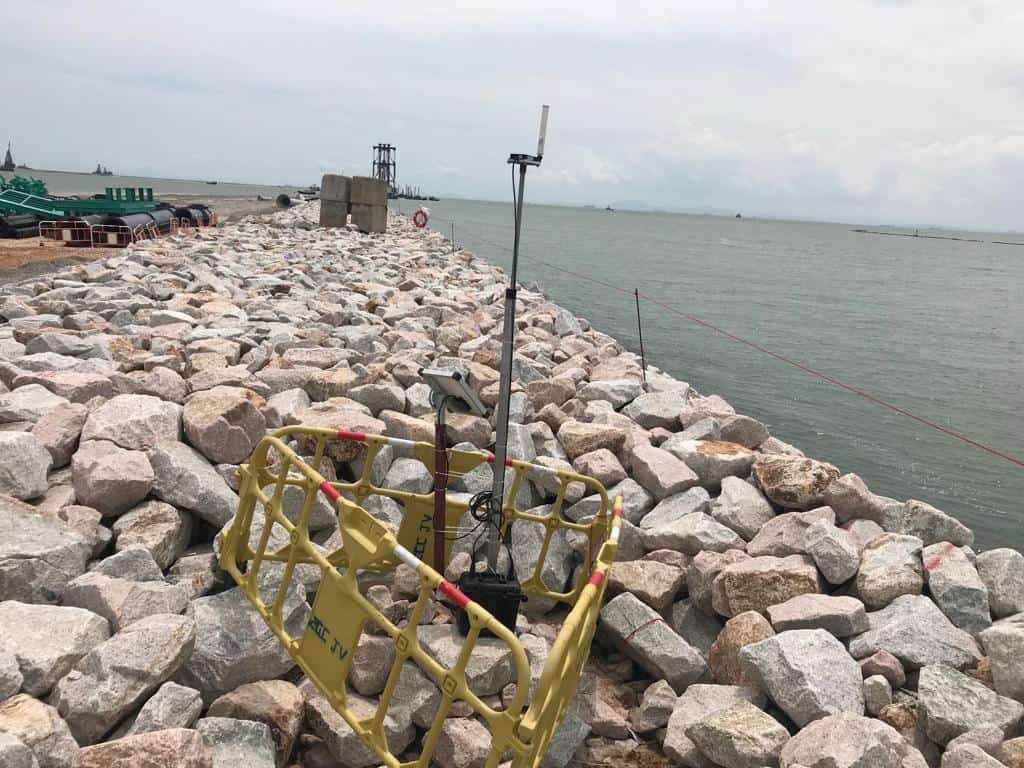Hong Kong International Airport Three Runway System – Main Reclamation Works, Contract 3206 | Hong Kong SAR
Project summary
Images of the project
Project Description
The Hong Kong International Airport (IATA Code: HKG) developed a Three Runway System, reclaiming approximately 650 hectares of land to the north of the existing airport in the contract 3206. Sixense was awarded the monitoring works in 2018.
Low Bearing Capacity
The reclamation was going to be performed on a thick layer (~10m) of very soft, slurry marine sediments. Conventional reclamation methods would require an excessive amount of dredging. Deep Cement Mixing (DCM) was proposed for this project which was a more environmentally-friendly solution, a first in Hong Kong at the time.
Monitoring From Space, On Land, and Under The Sea
Sixense measured the potential deformation of the third runway reclamation site. Automatic groundwater monitoring devices, magnetic probe extensometers and inclinometers were placed around the perimeter of the site to measure the 3D movement of the deeper subsurface. As the site was prone to deformation, monitoring had to be real-time so that any safety level breaches would have been reported in near-real-time as well.
More than 1200 of our 4DBloc GNSS sensors were stationed around the reclamation site, monitoring the deformation of the ground surface and the shallow subsurface.The solution is more suitable than conventional automatic deformation monitoring in this application, as finding reference points is difficult when the site would be unstable as a whole.
Sixense had also installed and monitored a number of instruments under the sea under the HKAA contract 3205.
Rise Above the Turbulent Sea
We faced several challenges during the installation phase of the project. The instruments needed to be installed in deep drill holes all the way down to 80m below ground, increasing the risk of equipment failure. In addition, installing instruments in drill holes saturated with seawater challenged their water-resisting and anti-corrosion capabilities. Nevertheless, we have successfully installed and monitored more than 1000 instruments in these boreholes at the 3rd runway extension site, over the course of five years.
More than 30 members of our team had participated in the up-keeping of the system. Sensors were exposed to the unforgiving weather. Grains of sand would obstruct the solar panels and typhoons would rapidly erode the surface soil away. With diligent care, we have reliably collected these spatial data over the course of the contract. In such a great handover condition, we were able to re-activate the system when the client requested extra monitoring.



